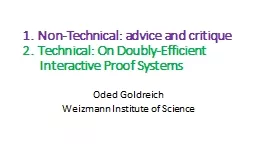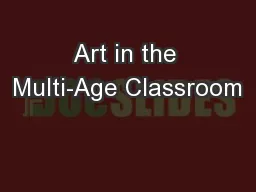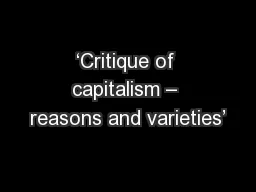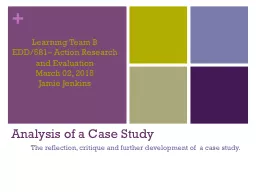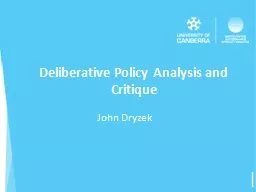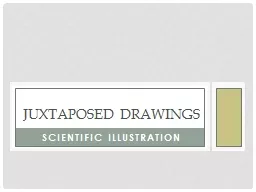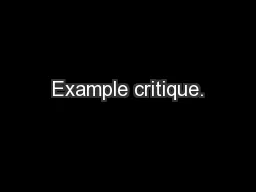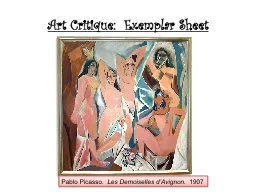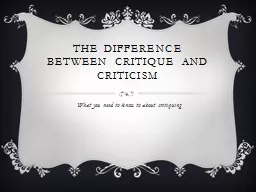PPT-1. Non-Technical: advice and critique
Author : pamella-moone | Published Date : 2018-01-23
2 Technical On DoublyEfficient Interactive Proof Systems Oded Goldreich Weizmann Institute of Science Apologies For lying cf finance ministers before the monetarization
Presentation Embed Code
Download Presentation
Download Presentation The PPT/PDF document "1. Non-Technical: advice and critique" is the property of its rightful owner. Permission is granted to download and print the materials on this website for personal, non-commercial use only, and to display it on your personal computer provided you do not modify the materials and that you retain all copyright notices contained in the materials. By downloading content from our website, you accept the terms of this agreement.
1. Non-Technical: advice and critique: Transcript
Download Rules Of Document
"1. Non-Technical: advice and critique"The content belongs to its owner. You may download and print it for personal use, without modification, and keep all copyright notices. By downloading, you agree to these terms.
Related Documents

